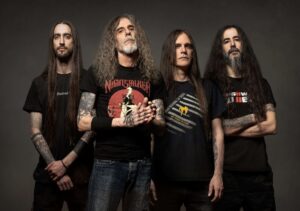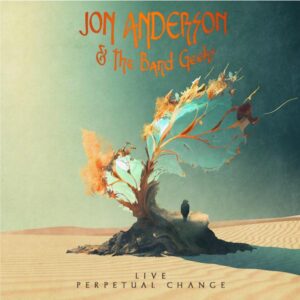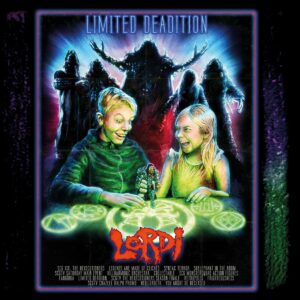Music and identity crisis on the Sunset Strip

The storied hot spot for L.A. music ponders its future amid club closures and growing competition. Should it compete for today’s cool kids, cash in on its history or something else entirely?
In March, the Sunset Strip music venue the Key Club announced that it was closing for good. Few local music fans were especially surprised.
The venue had operated in various guises since the ’60s — first as Gazzarri’s, where it hosted such rock ‘n’ roll royalty as the Doors, Guns N’ Roses and Van Halen — and as the Key Club since 1998. It closed briefly in 2009, but 2013 was to be the final curtain for the club’s monthly slate of heavy metal, hip-hop and stuffed local bills where bands sometimes had to prepay for blocks of tickets. The owners were working hard to turn it around, but “my pockets just weren’t deep enough to maintain a club that size,” said Key Club operations manager Ian Shepp. “The Strip will be fine, though. It’s just going through a cycle.”
For one of America’s most storied miles for rock music, that cycle is a part of an ongoing identity crisis. That the Sunset Strip is inseparable from L.A.’s music history is both its biggest blessing and its biggest albatross. As the economy improves and both fan and investment money circulate again, Sunset Boulevard’s venues and the Sunset Strip Music Festival are figuring out a balance between the Strip’s place in L.A. music lore and knowing that a rock ‘n’ roll museum piece won’t get young fans in the door.
Within the recent tumult, there might be a way forward for a neighborhood beating back stereotypes of ’80s survivors with complexions as leathery as their pants.
On the one hand, legacy-rich rock spaces such as the Key Club and the Cat Club have closed in recent months, while others such as the Whisky a Go Go and the Viper Room have for years played distant catch-up to Echo Park and Silver Lake clubs such as the Echo, the Satellite and the Bootleg Bar.
On the other hand, “Sunset Strip” still means music to Angelenos — and generations of rock fans everywhere. Last year, the Sunset Strip Music Festival drew 15,000 fans to see such headliners as goth-rocker Marilyn Manson and EDM-punker Steve Aoki. This year’s fest, on Aug. 3, will feature L.A. rockers Linkin Park. The Roxy, under the leadership of music-biz scion Nic Adler, has become a social-media juggernaut with nearly 500,000 Facebook fans and has booked recent pace-setting nights with Lianne La Havas, Gary Clark Jr. and Frank Turner, along with the music-laden Vegan Beer Fest. Even the Key Club stands to be reborn after being bought out by the New York-via-Las Vegas club 1OAK, which will soon renovate it into a gilded space for hip-hop artists and DJs.
So what’s the future for music on the Strip — competing for today’s cool kids, cashing in on its history or something else entirely?
One answer might be to stop thinking about “the Strip” as an isolated rock music destination at all.
“I think it’s just a great time for music in general in L.A., and we’re seeing it as less about ‘rock music’ or individual neighborhoods and more as a whole culture,” Adler said. “I love what Mitchell [Frank] and Jennifer [Tefft] have created over at the Echo and the Satellite. I’d much rather have bands playing everywhere than to try to ‘win’ and get them only at our club.”
That kind of humility would have gotten Adler, son of music-biz titan Lou Adler, laughed out of his own family’s club in the Strip’s decadent heyday. In past decades, the boulevard was a haunt for ’60s free spirits, for the Doors’ pop-noir and for ’80s glam metal. From the Roxy’s 1973 opening, when David Geffen was a partner and celebs from John Lennon to John Belushi called it home, the Adler clan and the princes of the Strip didn’t need to think of the rock world beyond West Hollywood. But that all changed the moment Dave Grohl hit the first drum fill on Nirvana’s 1991 smash “Smells Like Teen Spirit,” which ushered in the grunge era that shoved aside glam-infused glitz, and the Strip never fully recovered.
Nic Adler believes his club’s future is being part of a holistic L.A. entertainment ecosystem — one that can include East and Westside, rock and electronic music and food and hotels.
“With restaurants and bars like Boa and Eveleigh, there’s a new energy here. For so long, the only thing to do here was to go to the Roxy, which meant only the most hard-core fans came,” Adler said. “Now, fans know they can get a great dinner and go to bars and have a real rounded experience.”
To that end, the Sunset Strip Music Festival has been a godsend. Over six years, the fest has grown to block off Sunset between San Vicente Boulevard and Doheny Drive, creating a temporary car-free zone where fans are free to wander in and out of the Strip’s music venues, restaurants and bars.
In another effort to mark the Strip as a pedestrian-friendly destination, West Hollywood finished a $5.4-million development project in 2010 to resurface Sunset, widen sidewalks and plant more trees.
Similar local festivals such as the Eagle Rock Music Festival (total 2012 attendance: 120,000) and Make Music Pasadena (20,000 fans in 2012) pair music with street-level browsing. But those are free or pocket-change admission, while the Sunset Strip Music Festival pulls in five-digit crowds paying $79 to $145 apiece. Obviously, there’s still a major appetite for fans across L.A. — and the globe — to invest in seeing music on the Strip.
“Last year, 20 to 25% of our ticket buyers came from more than 50 miles away,” said Todd Steadman, executive director and chief executive of the Sunset Strip Music Festival. “We got fans from Australia, Japan and Germany. This boulevard is known worldwide.”
Source: The Los Angeles Times


